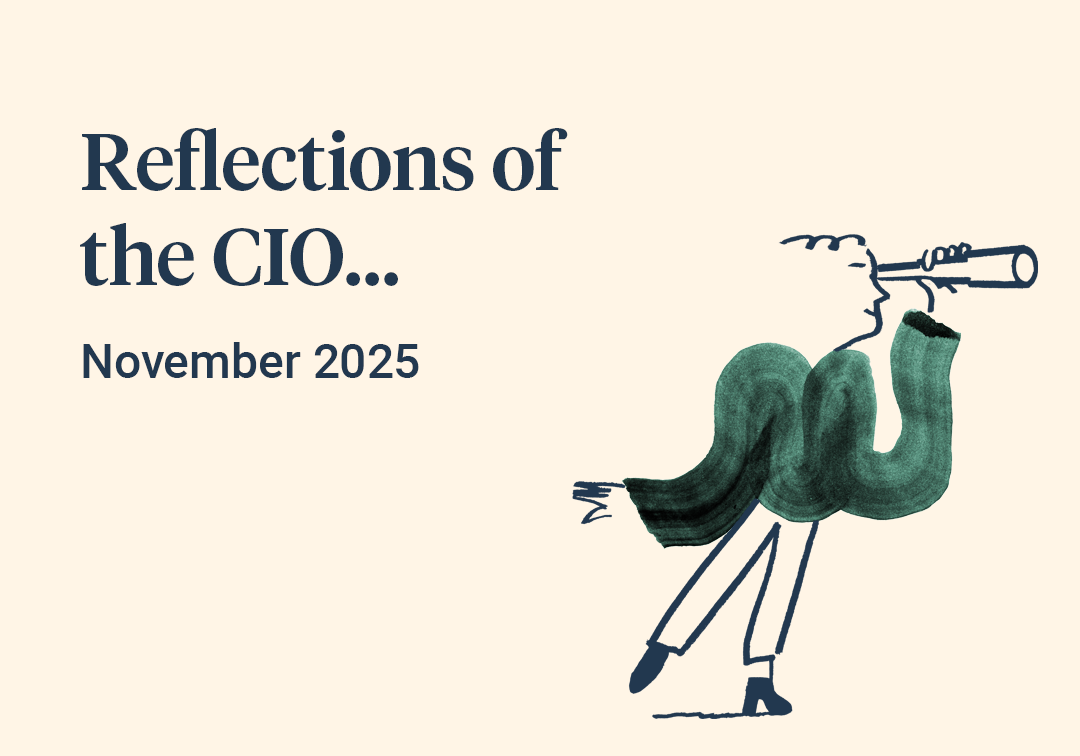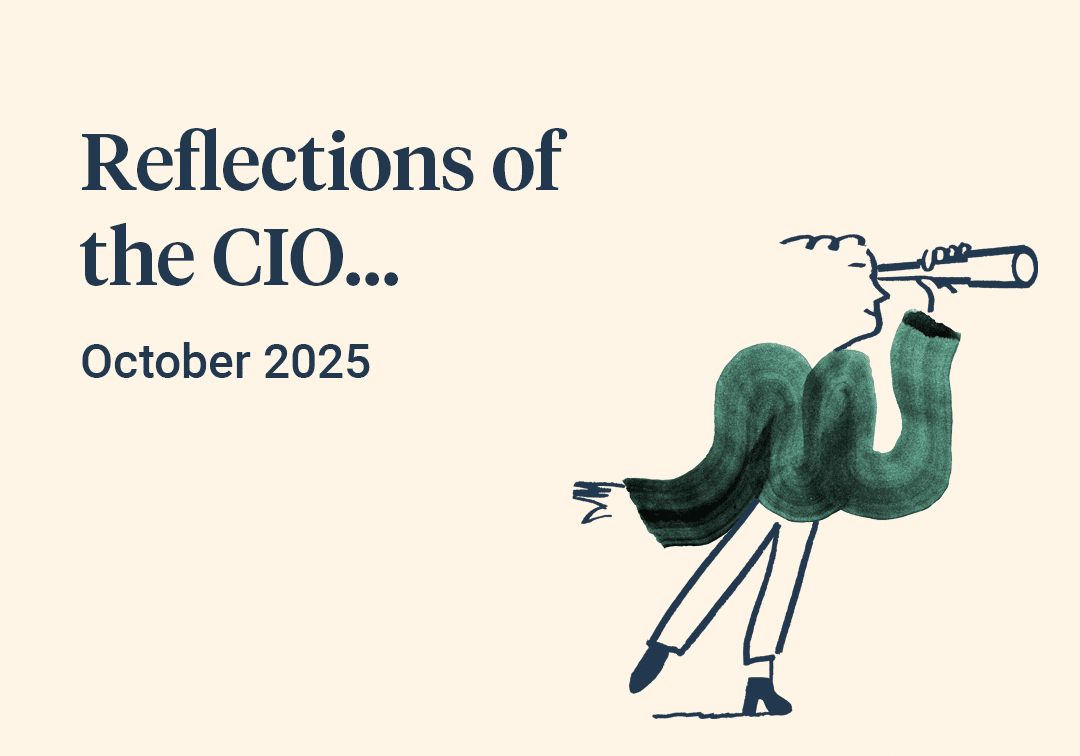August was another strong month for markets and portfolios, led again by the powerful combination of stimulus and an easing of lockdowns globally. There was very little negative news to stand in the way of the positive summer momentum and several riskier asset classes (e.g. US equities) even managed to achieve new all-time highs. With that said, most assets, wherever they are, are still some way off pre-COVID levels.
As with the previous month we also had a major policy change in August, which future generations might look back on and describe as pivotal. In July, this event was the implicit acceptance by the EU that a common balance sheet would be needed in addition to a common currency, if the single market was ever to recover properly from coronavirus damage. This action was seen by many as the missing piece of the jigsaw, not only to get Europe up and running again after the shutdowns, but also to reiterate the individual nation’s commitment to the entire European project. In August it was the turn of the US Federal Reserve Chairman, Jerome Powell, to confirm a shift in US interest rate policy towards ‘average inflation’ targeting, a statement which, for all its blandness, is very significant.
“Most assets, wherever they are, are still some way off pre-COVID levels”
In simple terms all ‘average inflation’ targeting means is that after a period of low inflation the Fed is now prepared to tolerate a period of higher inflation, in order to bring the average level closer to target over time. This is a subtle but profound shift from existing policy, which strongly implies that interest rates in the US will not be going up for a very long time. Given that the jet fuel powering this market rally has been low US interest rates (or cheaper dollars), this was a reassuring, investment friendly message to deliver and markets duly responded positively in the lead up to and aftermath of the announcement. However, as is also usually the case, this change was flagged well in advance and acted more to confirm expectations than reset them entirely.
Nevertheless, to have two ground-breaking policy announcements on both sides of the Atlantic during the quiet summer months is a graphic underlining of just how aggressively the ‘authorities’ are being in dealing with the economic fallout of COVID-19. This aggressiveness is, by and large, having the intended effect in helping economies to bounce back from the deep freeze that lockdowns had put them in.
“As with the previous month we also had a major policy change in August, which future generations might look back on and describe as pivotal.”
Working out just how that heady mix plays out is practically impossible and we aren’t trying to optimize portfolios based on the premise that we think we know the answer.
Instead we are concentrating on ensuring the correct risk profile is being kept in all mandates, which involves a regular series of trades to ‘top and tail’ positions, taking profits in some of the winners and topping up in those areas we still like, but which might have lagged a little.
As with last month’s report, our general sense is to keep a ‘glass half-full’ mentality, with a tilt towards those assets that sit somewhere between traditional risky or safe investments, until we know more about what our new normal will actually look like. However, after such a strong recovery run in markets and portfolios, our mindset has also shifted a little into profit taking mode, given that the near-term outlook is expected to be so noisy.
“As with last month’s report, our general sense is to keep a ‘glass half-full’ mentality.”



